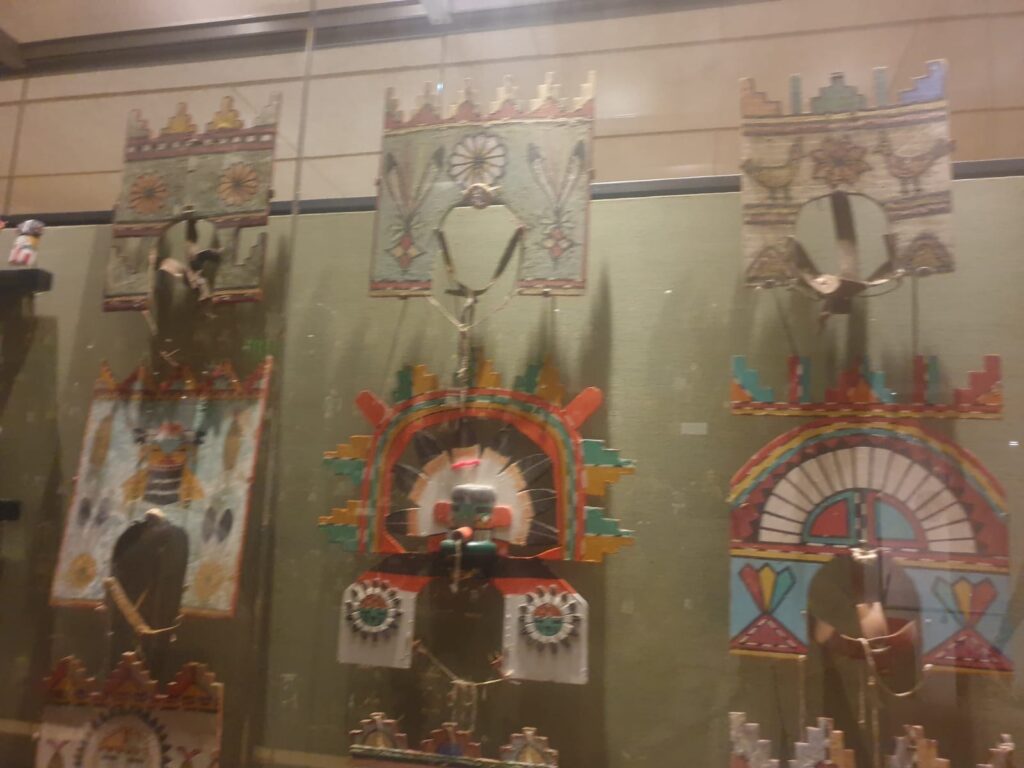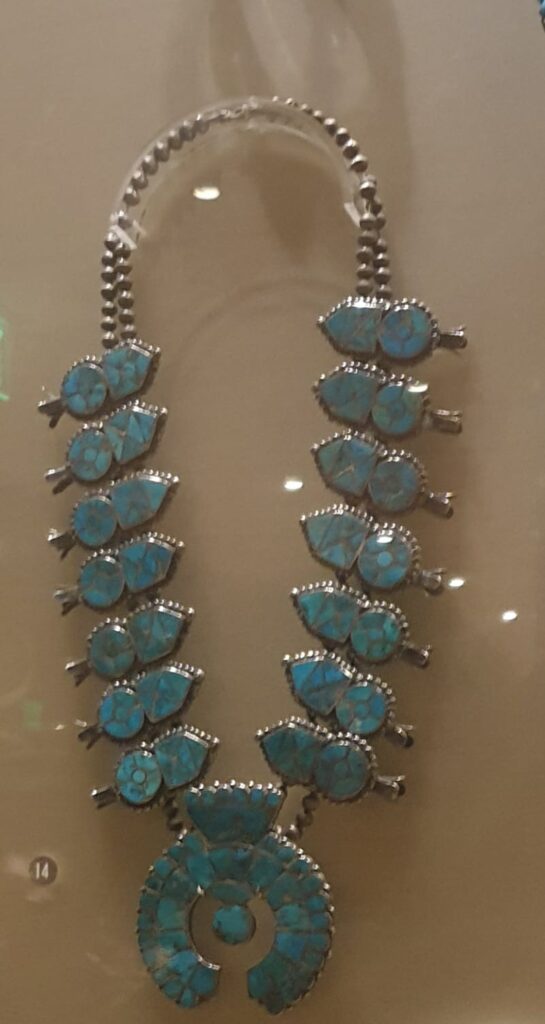There was a land known for its sunny weather and desert landmarks. Agriculture and farming were among the initial driving forces for development. They lacked abundant water, but that didn’t stop the Native American population at that time from building irrigation canals. Initially, farming and planting cotton, citrus, and hay were the leading crops. With the advent of technology and industry, it also became a trading market.
Phillip Duppa named this land “Phoenix” like the mythical creature that rises from its ashes to symbolize hope and prosperity. Phoenix, Arizona is a land with an ancient history of multiple Native American tribes and Indigenous peoples; these peoples passed down knowledge through oral history, folklore and stories.
Arizona is home to 22 tribes, each with its rich history and culture such as the Hopi, Navajo Nation and Zuni Pueblo. These tribes share and transmit their knowledge and culture through oral history and storytelling.
Their stories are sometimes mythical or educational, based on facts or fiction. They have a purpose for the future generations to explain how they view the world.
One of these stories relates to Katsina, which is related to the Hopi culture. A Katsina is a spiritual being from the underworld who teaches people how to farm, plant, and bless others. Katsina dolls are educational tools used to convey cultural knowledge from one generation to another: girls receive these dolls from infancy until they marry. They do not pray to these dolls, but they are treasured pieces representing their training and heritage.

Another story comes from the Zuni people, who used their skills, arts and silversmithing methods to create their world-renowned jewelry industry. Each jewelry piece is a story and designed using stones like turquoise, which guarantees long life, or shapes like a horseshoe that symbolizes protection.

Moving from the past to the present: Nothing about us without us

How are these people, their history, and their culture represented? These Indigenous people turn to ICT, a non-profit news organization that broadcasts stories that make indigenous people come alive. It is one of the leading sources providing context for current Indigenous issues, ranging from political to economic challenges related to factors such as constitutional and water rights.
They focus on specialized topic of climate change and how it affects American Native tribes and Indigenous peoples, sometimes pushing them out of their land.
Furthermore, regarding how the are represented in news and entertainment media, some still portray them as historical figures as if they no longer exist. In contrast, others treat them as invisible, where they are absent from the mainstream media.
For that reason, ICT and other Native and Indigenous news outlets give them a voice to be heard and a place where their stories can be told.